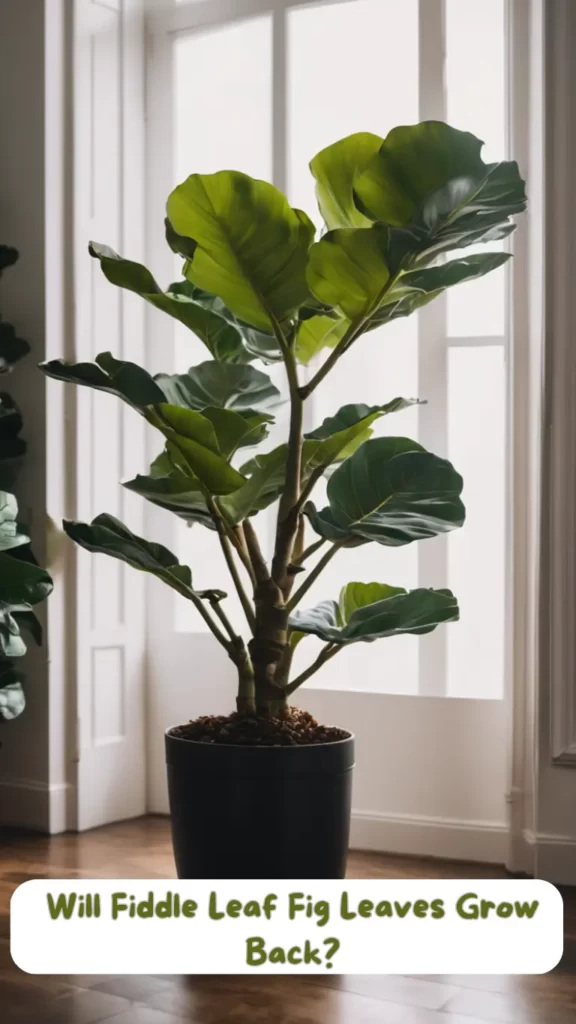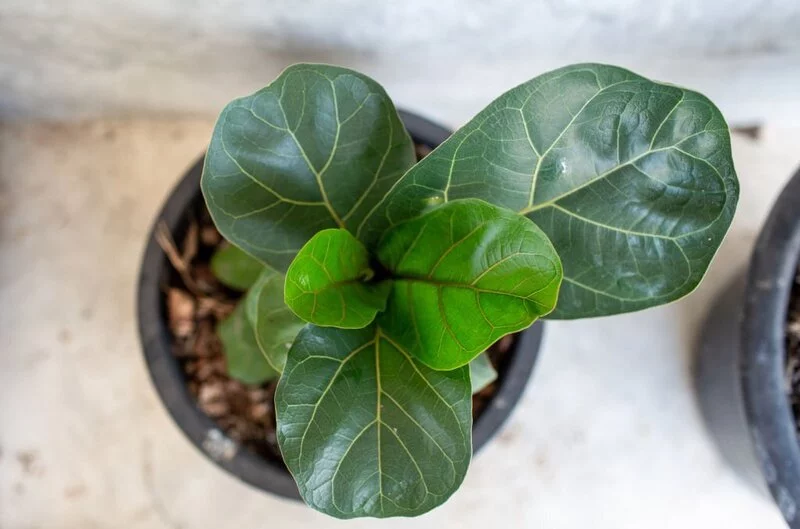What causes the lush, elegant leaves of a fiddle leaf fig to begin to fall off is a conundrum that has plagued indoor gardeners for a long time. When will they re-grow? It’s not hard to see why the fiddle leaf fig, or Ficus lyrata, has become a staple in interior design. Its enormous, glossy, violin-shaped leaves are sure to be a conversation starter wherever they are placed. However, there are instances when these exquisite leaves may begin to fall off, which can cause concern for the plant’s guardians. Let’s not waste any time getting to know this hip houseplant.
Understanding the Fiddle Leaf Fig
The fiddle leaf fig tree is native to the West African rain forest. It’s a hardy and versatile species that can reach heights of 50 feet in the wild! Although it only grows to a height of 2-10 feet at home, its huge, glossy leaves are sure to grab attention. However, as a tropical plant, it has particular environmental needs and demands. It does best in filtered light, consistent moisture, and a mild climate (about 65 to 75 degrees F). Keep in mind that our fiddle pal has a flair for the dramatic! Yes, it responds visibly to environmental changes by dropping its leaves.
The Fiddle Leaf Fig and Leaf Loss
Many people who own fiddle leaf figs have experienced leaf drop. It might be distressing to see the leaves turn yellow, acquire brown blotches, or fall off entirely. Not to worry! The plant is simply expressing its dissatisfaction with its current surroundings. Possible causes include excessive or insufficient watering, too much or too little light, or too rapid a shift in temperature. Keep in mind that the fiddle leaf fig thrives on regularity and predictability. The possibility of fresh growth and methods for encouraging it will be discussed in the following section. Hold tight!
Regrowth in Fiddle Leaf Figs
So, here’s the upbeat news: The leaves of your fiddle leaf fig can be replaced, and they will grow back. Worse yet? This will not occur instantly. Have patience. New leaves should emerge in due time if the plant is generally healthy and the problems causing the leaf loss have been resolved. You may even be able to see little buds or nodes on the stem, which are excellent indicators that your plant is engaged in productive activity. However, the exact location where a leaf once was will not produce a new leaf. Typically, the new shoots will emerge at the very tip of a branch or at the very top of a plant.
Tips for Preventing Leaf Loss
Prevention, as they say, is better than cure. Here are some tips to keep your fiddle leaf fig happy and prevent leaf loss:
- Light: Provide bright, filtered light. Direct sun can scorch the leaves, while too little light can cause weak growth and leaf drop.
- Water: Water only when the top inch of the soil is dry. Overwatering can cause root rot, while underwatering can lead to dry, drooping leaves.
- Temperature: Keep your plant away from drafts, heat vents, and air conditioners. Sudden temperature changes can stress your plant.
- Humidity: As a tropical plant, fiddle leaf figs appreciate higher humidity. Consider using a pebble tray or a humidifier, especially in dry environments.
- Nutrition: Feed your plant with a balanced, water-soluble fertilizer during the growing season to support its overall health.
Conclusion
To sum up, any plant parent’s worst nightmare is having their fiddle leaf fig die once it loses its leaves. Your plant is a hardy survivor, so don’t worry about it. Your fiddle leaf fig can regrow its lost leaves and return to its former glory with proper care and time. Although there will be challenges along the way, the satisfaction of seeing your plant flourish will be well worth the effort. All the best with your gardening endeavors!



